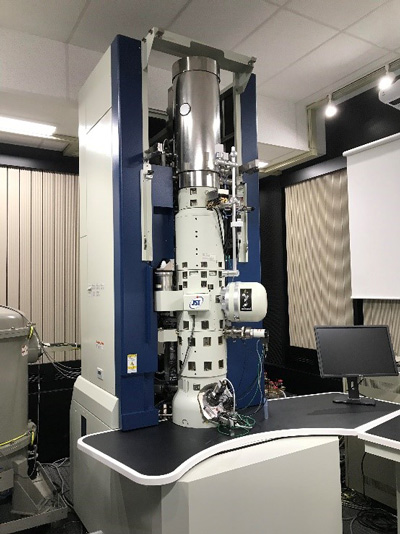An Innovative Electron Microscope
Since the development of the transmission electron microscope (TEM), scientists have sought ways to improve spatial resolution. With the design of the aberration-correcting lens systems for scanning TEM (STEM), it has achieved a sub-Å spatial resolution. However, the negative aspect of using current magnetic condenser-objective-lens systems for atomic-resolution, is the required need to insert the samples into very high magnetic fields of up to 2-3 T.
Learn more about the history of microscopes:
The use of high fields can severely tamper with atomic-resolution imaging of magnetic materials, such as silicon steel, and even cause destruction of the magnetic and physical structure.
The inventions of new magnetic materials is a rapidly growing field, however, the need for high quality atomic-scale structural analysis remains a hindrance to many technological advances.
Now, under the JST-SENTAN (Development of System and Technology for Advanced Measurement and Analysis, Japan Science and Technology Agency) joint development team, a new magnetic-field-free objective-lens system was developed.
The revolutionary microscope contains two round lenses placed in an exact mirror-symmetric configuration with respect to the sample plane providing an extremely small residual magnetic fields. The microscope was used to observe the atomic structure of a grain-oriented silicon-steel sheet which is critical soft magnetic engineering material used in the development of electric transformers and motors.

The developed Magnetic-field-free Atomic-Resolution STEM (“MARS”) combined with a higher-order aberration corrector (shown above in the objective-lens system), this system can focus an electron beam to the atomic scale. ©JST
Findings show a clear atomic resolution of the silicon steel and is the first development of atom-resolved imaging of materials with sub-Å spatial resolution and a residual magnetic field less than 0.2 mT.
Although it operates like conventional TEMs/STEMs, the development is expected to advance research and nanotechnology because of the unprecedented atomic-level structural characterization of magnetic materials.
Source: Science Daily









